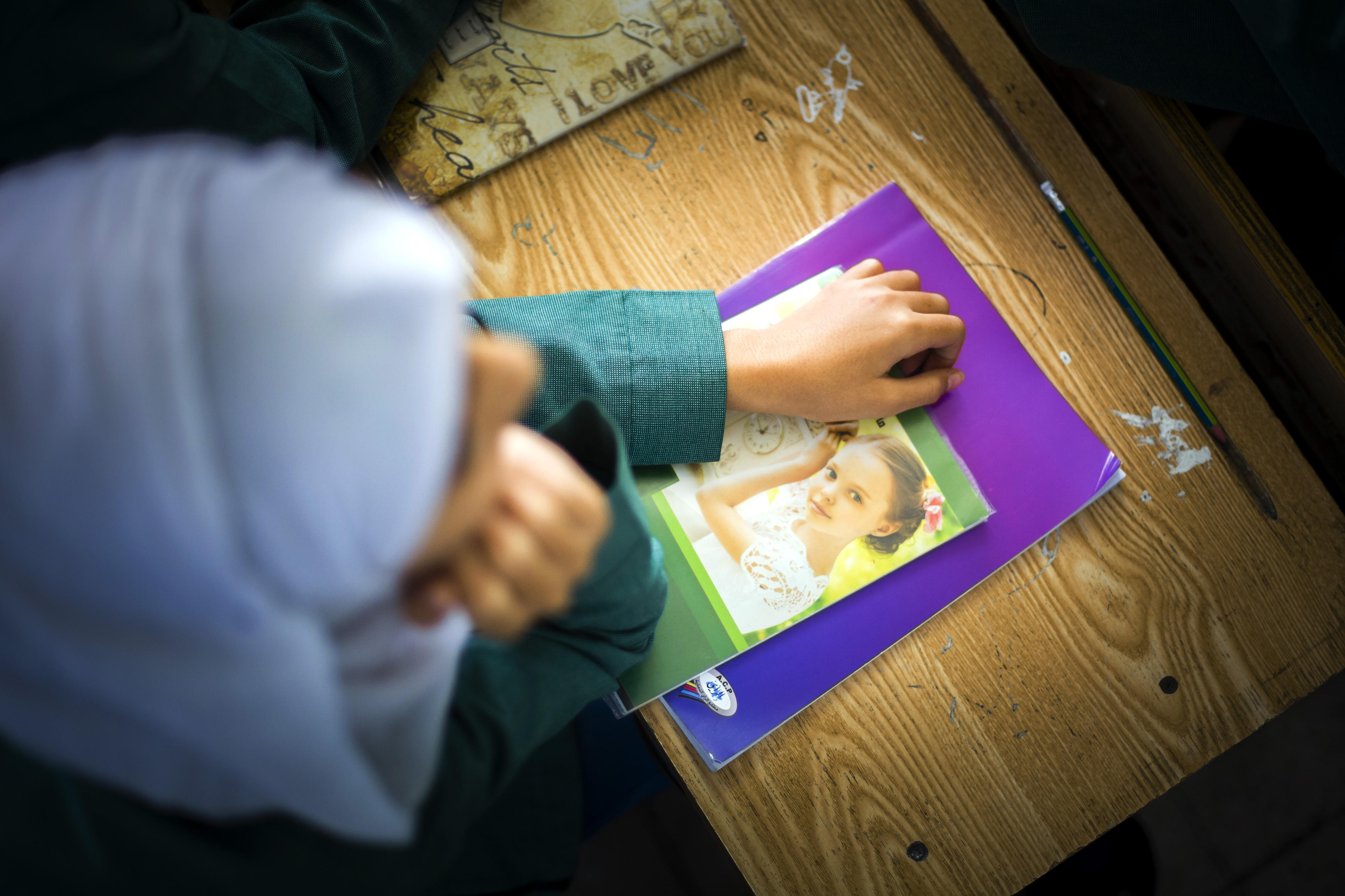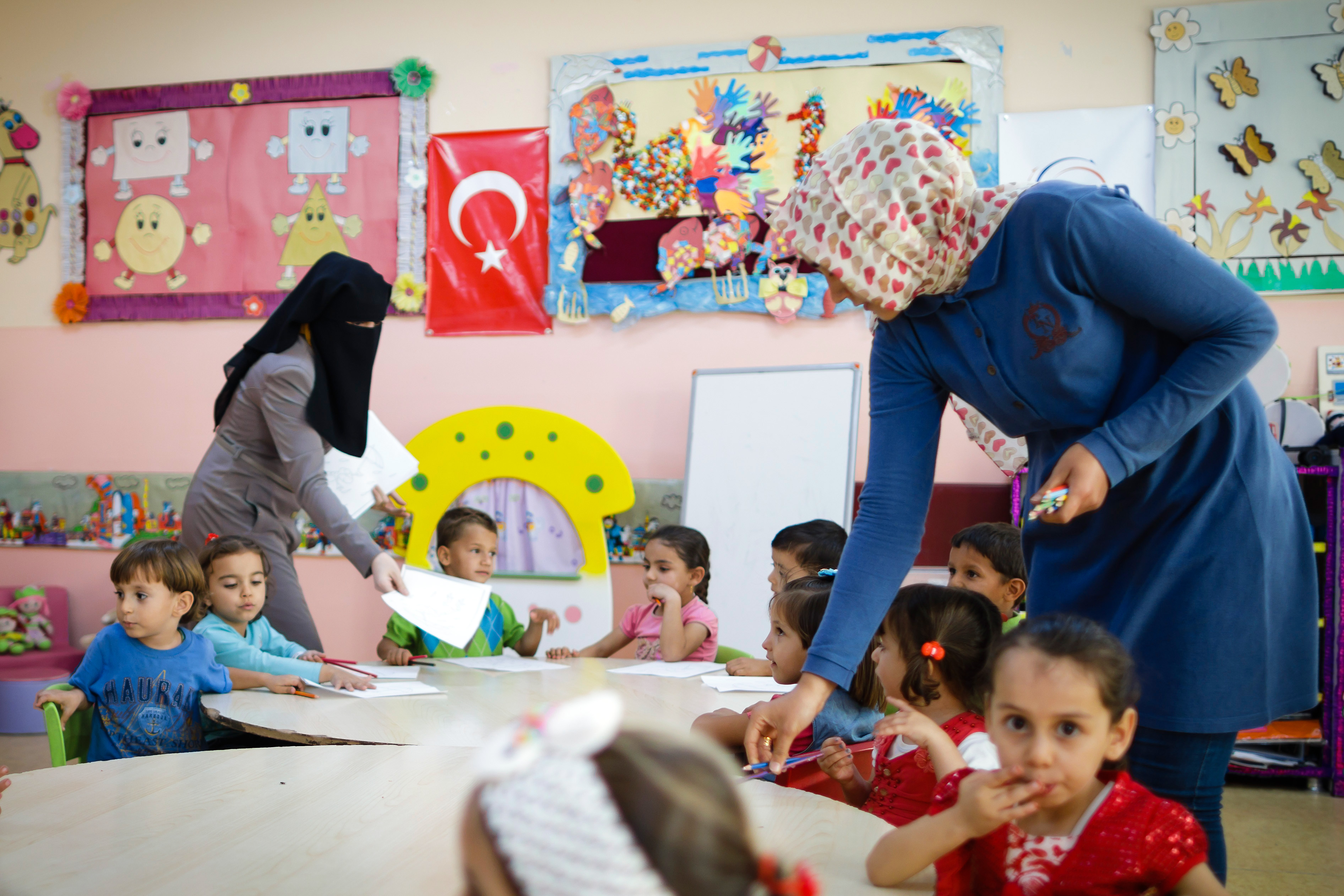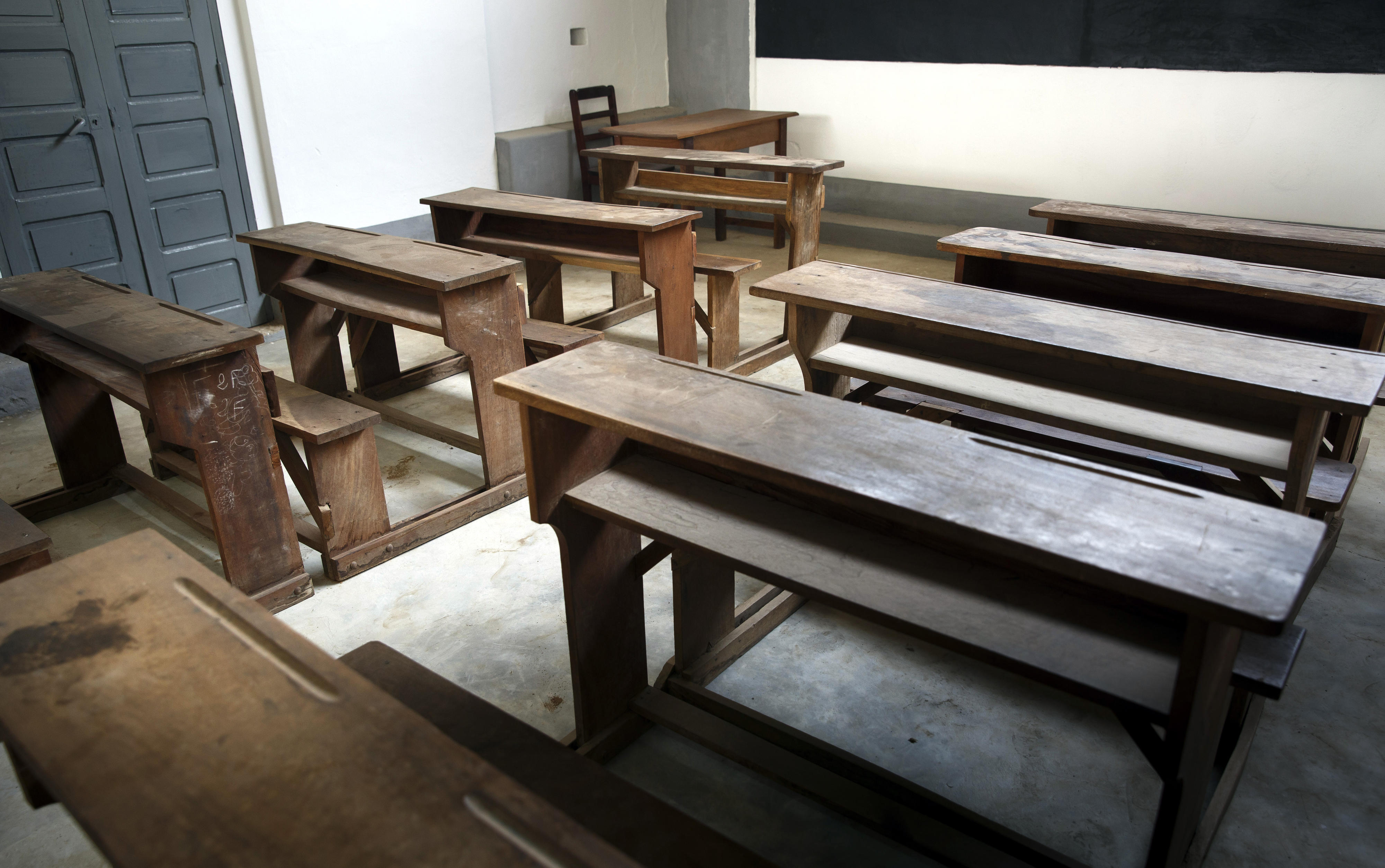Background Education in developing countries
When it comes to achieving equitable access to quality education, the world’s poorest countries lag far behind. In 2020, 260 million young people of primary and secondary school age did not attend school.[Many boys and girls are enrolled in school but drop out of primary school early. In sub-Saharan Africa, only two in three children complete their primary school education. In 2019, 195 million young people did not attend secondary school. More than 132 million young people and young adults did not have the possibility to take the school-leaving examination qualifying them to enter higher education or to graduate from school as the first step towards being qualified for work. The COVID-19 pandemic has exacerbated the situation.
Demand for tertiary education as a whole, however, is rising worldwide: More than 235 million people are enrolled in higher education institutions. That is more than twice as much as in 2000. Yet, while 78 per cent of the populations in Europe and Northern America have access to tertiary education, it is just nine per cent in sub-Saharan Africa.
According to the United Nations Educational, Scientific and Cultural Organization (UNESCO), many children and young people do not have basic reading skills by the end of lower secondary school. In recent times, progress on improving literacy levels among young people and adults has been slow. Worldwide, 17 per cent of women and 10 per cent of men over the age of 15 still lack reading and writing skills.
Education goals: Looking back and looking ahead
Pupil at a girls' school in Irbid, Jordan
In 2000, at the World Education Forum in Dakar, the international community adopted the Education for All Global Action Plan. 2015 was set as the target date for achieving these goals, the same date as for the Millennium Development Goals launched in the same year. Despite the substantial progress made in some countries, the overall result was poor. None of the EFA targets was achieved by 2015. Even the fundamental target of ensuring that all children worldwide attend and complete primary school was missed.
In 2011, the EFA Fast Track Initiative was renamed Global Partnership for Education, GPE (External link). As the successor of the international education initiative the GPE strives to give all children worldwide access to free, quality primary education.
The international community is now facing the same challenges with regard to implementing the 2030 Agenda for Sustainable Development, which was adopted in late 2015. The focus of the EFA goals and the Millennium Development Goals was on access to education with mainly quantitative targets. The 2030 Agenda has the quality of education as an additional priority.
Limited access to education
For socially disadvantaged groups access to education is especially difficult. These groups include women and girls, people living in poverty, Indigenous Peoples, religious, ethnic and linguistic minorities and people with disabilities. People in regions that are affected by conflict and displaced people are also especially disadvantaged.
In many countries, traditional role patterns stop parents enrolling girls in school. Many girls have to help at home. Early marriage, early pregnancy or insufficient sanitary facilities at school may prevent girls from attending school. The poorer her family is, the less likely a girl is to get an education.
In many parts of the world, children with disabilities are not enrolled in school at all. And even if they do attend school, the outcome is often not successful and they find themselves having to leave the school after a short time.
In April 2020, some 1.6 billion pupils and students were affected by school closures due to the COVID-19 pandemic. The transition to distance learning systems has only aggravated inequalities. Only 25 per cent of the low and middle income countries invested in digital learning programmes (compared with 96 per cent of the countries with high incomes). In total, more than 463 million children had no access to online learning programmes because there was a lack of digital infrastructure, learning content and teaching staff able to use the digital tools. Especially girls stayed more often at home than boys as a result of the crisis.
In addition, crises and conflicts prevent many children from going to school. This leads to lost generations and makes the transition to higher education levels more challenging.
Educational opportunities are also limited if children are not taught in their native language. Millions of children speak a different language at home from the one taught in school. For them, learning barriers are especially high.
Poor educational prospects for displaced children
Two teachers teaching Syrian children at a preschool in a refugee camp in Turkey
Crises and conflicts prevent many children from going to school. In many of the countries where civil wars are raging, schools have been destroyed. The majority of those forced to flee their homes because of violent conflicts are women and children.
A report published by the UNHCR Refugee Agency (External link) in 2022 showed that only two thirds of displaced children of primary school age were able to attend school. The older such children are, the fewer their educational opportunities. Less than 40 per cent of displaced young people have access to secondary school. And while an average of 34 per cent of all people worldwide have the opportunity to study at institutions of higher education, the figure for displaced people is just six per cent.
Cost as a barrier to attending school
Many people in developing countries cannot find the money to pay for school fees, books and other learning materials, school uniforms or transport to school. As a result, their children do not go to school or they drop out. Girls are particularly often the ones who lose out.
In countries where school fees have been abolished, enrolment rates have risen markedly. Furthermore, numerous families rely on the income their children contribute. According to estimates done by the International Labour Organization (ILO), some 160 million children have to work. So they often have no time left for school.
Inadequate budgets, little support
Empty classroom in Sokodé, Togo
In many countries, delivering on the commitment to compulsory education fails due to lack of funds. In most developing countries, education budgets fall short of requirements. High levels of public debt, poor governance, corruption and a lack of organisational and managerial skills are further obstacles hampering the universal provision of quality education.
The United Nations Educational, Scientific and Cultural Organization (UNESCO) has calculated that because of the effects of the COVID-19 pandemic the annual costs for achieving SDG 4 in low-income countries will rise from 149 billion US dollars in 2012 to an estimated 504 billion US dollars by 2030. Governments are therefore called upon to increase their revenues and invest more money in education. By way of indication, at least four to six per cent of gross domestic product (GDP) or 15 to 20 per cent of the national budget should be earmarked for the education sector.
Global education expenditure increased continuously over the ten years up to the outbreak of the COVID-19 pandemic, rising from four trillion US dollars in 2010 to 4.9 trillion US dollars in 2018, but stagnating when the pandemic broke out.
Even if developing countries increase their own budget funds for education significantly, UNESCO calculations suggest that there will be an annual funding gap of 148 billion US dollars for achieving the education goals of the 2030 Agenda. The poorest countries in particular are therefore dependent on external support, first and foremost in the form of rising commitments for education-related development activities. As it is, however, in recent years, industrialised countries have cut back on funding for development cooperation in the education sector. And support has not always gone to the countries that need it most.
Low-quality teaching
Many developing countries face the problem of low-quality teaching. Even children who have completed primary school may lack basic skills in reading, writing and arithmetic. Many curricula do not set clear targets. They are overloaded with subjects and do not meet the learning needs of primary school pupils. Too little account is taken of cultural and regional differences. Many curricula also convey distorted or stereotypical male and female role models.
Other frequently encountered problems are a failure to bring teaching times and curricula into line with the everyday lives of children and young people, and outdated teaching methods and subjects. Group work, independent learning, critical thought and problem-solving, the use of new technologies and the promotion of life skills are not given enough support. As a result, young people lack the crucial knowledge and skills that will later help them make their way in the labour market.
Lack of schools and teachers
Rural regions in particular, but also many poor urban districts too lack a comprehensive network of primary schools. Children in rural regions often have to walk extremely long distances to school. Many girls are not allowed to attend schools some distance away as parents are concerned about their safety.
Teachers’ working conditions in developing countries are frequently unacceptable: many teachers have to teach two or three shifts a day, with large classes and low pay. Many schools are poorly equipped. They lack teaching materials, and when these are available, they are often as outdated as the furnishings.
The digital transformation has come with opportunities and challenges. In many cases, the schools’ equipment, teachers’ capacities and the quality of teaching could hardly match the technological progress. There is a lack of computers and internet connectivity – in the least developed countries, many schools even lack access to electricity.
Many teachers are also poorly trained and ill-prepared for what awaits them in schools. The low esteem in which the profession is held, lack of job security because of fixed-term contracts and the remote location of many schools do not make teaching an attractive vocation.
According to recent projections from UNESCO, almost 69 million new teachers will be required between now and 2030 in order to ensure that high-quality primary and secondary education can be provided worldwide. The greatest shortage in teachers is in African countries south of the Sahara. About 17 million new teachers will be needed there by 2030. South Asia comes second with qualified teaching staff lacking in particular in secondary schools.
Lack of post-primary education
The opportunities available for post-primary education and training in many developing countries are not adequate and, in many cases, they are neither geared to the requirements of the economy and of society, nor do they meet the needs of the young people.
The vocational training systems in many countries are rudimentary. The teaching is usually too theoretical and too little in line with the needs of the labour market. There is a growing need worldwide to keep up with the changing requirements of the digital labour market.
Universities and colleges in developing countries are poorly equipped and lack funding. Very few of them are able to fulfil their responsibilities as institutions for teaching and research adequately. Yet higher education institutions play an important role in the education system as a whole, in the provision of training for specialists and managers, and in resolving development-relevant challenges in the economy, state and society.
As at: 08/01/2024


